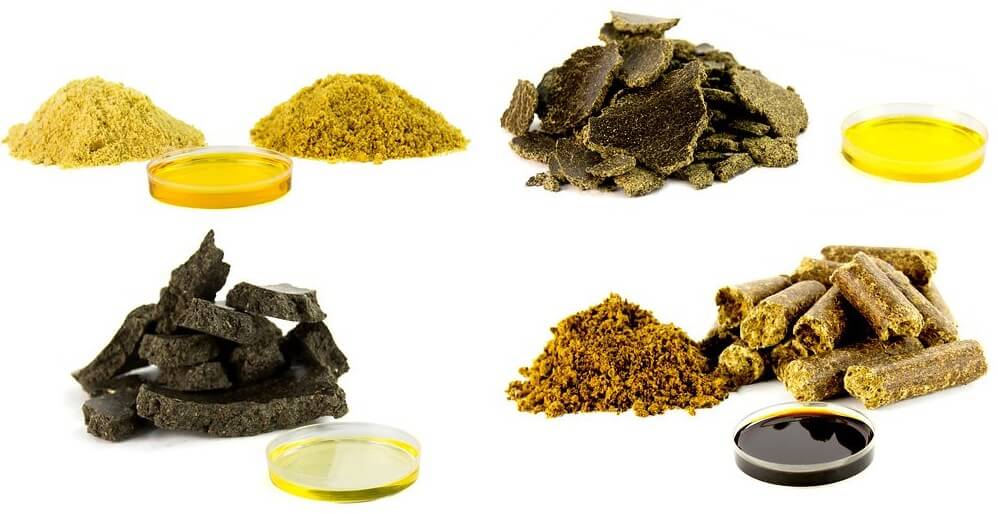High-Shear Dry Extrusion for Canola, Flax & Other Oilseeds

Oilseeds like canola, flax, and sunflower are categorized as high-oil seeds, containing anywhere between 30% and 50% oil. Due to this elevated oil content, standard processing methods are not sufficient to fully extract their valuable oil. Instead, a multi-step approach is required, one that leverages the strengths of Insta-Pro’s high-shear dry extrusion and oil pressing technology.
Typically for high-oil seeds, a double pass through the oil press is required, where raw material is pressed once before extrusion. Still, the process can change depending on the desired outcome of the operation or your technician’s recommendation based on your raw ingredients. A second pre-pressing may be introduced to further condition the seed, especially when dealing with high-moisture or high-oil-content varieties. This step helps reduce the load on the extruder and improves throughput consistency without causing seed damage.
The key consideration in this process is avoiding the creation of a mushy or semi-liquid consistency, which can plug the press and reduce efficiency. By splitting the oil extraction into multiple stages, maximum oil recovery is achieved.
After the initial pressing, the partially defatted meal is sent through the extruder. High-shear dry extrusion ruptures additional oil cells while simultaneously cooking and conditioning the meal. This step is followed immediately by a second pass through the press, where further oil is recovered under controlled pressure.
Post-extrusion, a final pressing stage is employed to extract residual oil that remains bound within the seed cake. This final pass typically uses a tighter choke setting and a more aggressive screw profile to maximize oil yield. Temperature control, seed moisture content, and dwell time are closely monitored throughout the process to prevent degradation of oil quality and ensure mechanical efficiency.
In all ExPress® systems, including those used for high-oil seeds, a properly engineered vented conveyor system is essential. We design these conveyors specifically to allow for the release of condensation and steam created during extrusion. Without this venting, the resulting moisture can cause slippage in the press, significantly decreasing oil recovery.
Additional adaptations, such as shimmed inlet chambers on the press, help prevent smaller seeds from falling through the cage bars prematurely, ensuring efficient throughput.
Finally, as with other oilseed processes, the final product should go through post-extrusion cooling and grinding to prepare it for storage or further processing. By implementing correct steps when handling certain oilseeds, processors can optimize oil yield while maintaining equipment integrity and product quality, unlocking more value from every batch.



